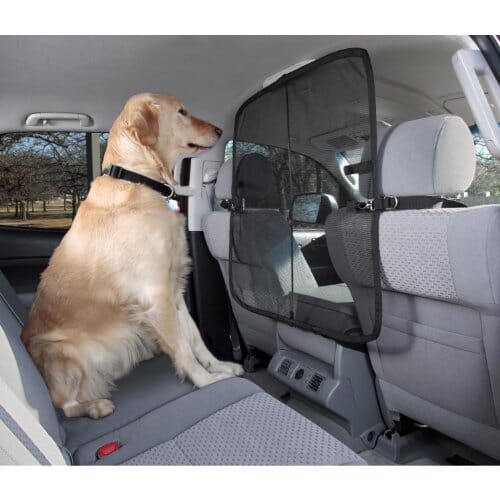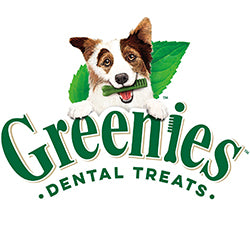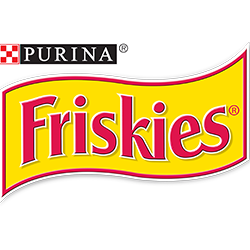
How to deal with pet anxiety during car rides
Traveling with Pets: A Joyful Yet Challenging Experience
The joy of having our pets accompany us on a journey is incomparable. Their excitement, curiosity, and companionship bring life to the travel experience. However, the joy can quickly turn into concern if the pet shows signs of anxiety or distress.
With their confined space, unfamiliar sounds, and constant motion, car rides can be overwhelming for pets. Their perception of the world differs from that of humans, and what might seem normal to us can be stressful to them.
Selecting the Right Toys and Accessories
One way to mitigate the stress is by keeping the pet engaged and entertained. Toys play an essential role here, especially those designed for car rides. Browsing this page, you can find toys catering to your pet's interests and needs.
These toys are not just distractions but are tools to provide comfort and a sense of familiarity to the pet. They act as a bridge between the unknown car environment and the comfort zone of their home.
Understanding Pet Anxiety
Symptoms and Signs
Recognizing anxiety in pets is the first step toward addressing it. Below are the symptoms elaborated:
- Trembling or Shaking: This might indicate fear or nervousness.
- Excessive Barking or Meowing: Your pet might be trying to communicate distress.
- Drooling or Panting: An indication of physical discomfort or anxiety.
- Trying to Escape: Desperate attempts to escape can clearly indicate panic.
- Pacing or Restlessness: Unsettled behavior might suggest something is not correct.
Observing these signs early can help in taking the suitable measures to calm the pet.
Common Triggers
Understanding what might trigger anxiety is crucial:
- Unfamiliar Environment: New sights and sounds can be confusing.
- Past Traumatic Experience: Previous bad experiences can have lasting impacts.
- Sudden Movements or Loud Noises: These can startle and create fear.
- Separation Anxiety: Being away from their safe space or loved ones can induce anxiety.
Being aware of these helps in creating a calming environment.
Preparation Before the Car Ride
Choosing the Right Car Toys
As mentioned earlier, the suitable toys can make the journey enjoyable. Research and choose toys that are safe and engaging from shop.petlife.com.
Gradual Exposure to the Car
Familiarizing your pet with the car with short, pleasurable rides can reduce anxiety. Slowly increasing the time allows the pet to adapt.
Car Safety
Safety is paramount:
- Pet Seat Belts or Carriers: Ensure stability and security.
- Water and Ventilation: Keep your pet hydrated and ensure proper airflow.
By taking these steps, we make our pets feel loved and help them enjoy the experiences we share with them. Their happiness, after all, reflects our joy.
- Choosing a selection results in a full page refresh.












